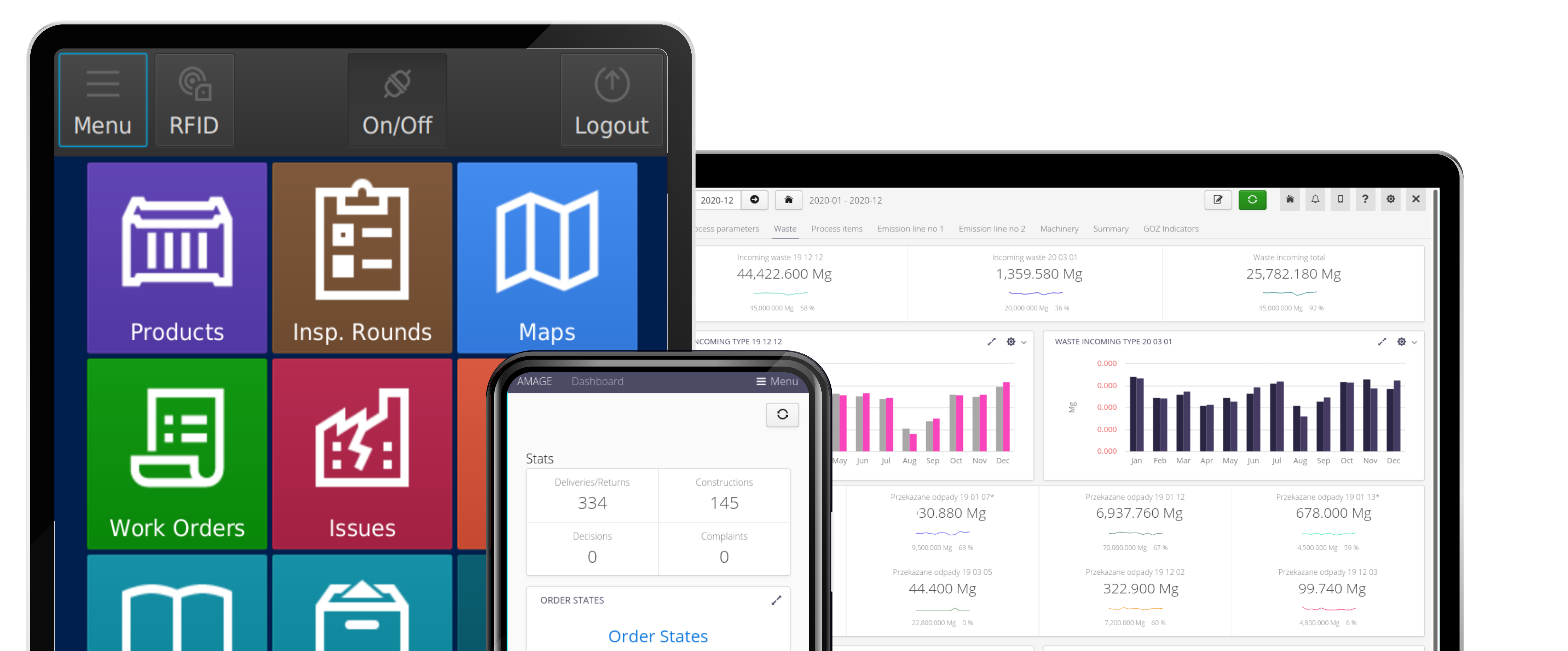Distancing Due to the COVID-19 Outbreak Applies Not Only to Employees – Who Should Still Be “Kept at a Distance” and Why?
Distancing Due to the COVID-19 Outbreak Applies Not Only to Employees - Who Should Still Be “Kept at a Distance” and Why?
Introduction
Losses for companies resulting, among other things, from the forced quarantine of crews, due to COVID-19 infection are calculated in the category of financial losses. If, in addition to the crew, subcontractors or suppliers are also infected with the virus, it can quickly turn out to be a real catastrophe for the company, as there is always some kind of chain, such as the supply chain in which the company operates, that is interrupted. Even more difficult is the case in which it is the employees of external companies/subcontractors who infect our employees (often entire teams), who will not be able to perform their duties.
According to calculations by researchers at the University of Texas MD Anderson Cancer Center in Houston, the SOCIETY DISTANCE policy adopted nationally in 46 countries has prevented an estimated 1.57 million cases of COVID-19. The data covers two weeks. The result is a 65 percent reduction in new cases of infection[1, 2].
So How Do We Protect the Entire Human Ecosystem from the Spread of Pandemics While Maintaining a Consistent and Efficient Work Rhythm for Crews and Co-workers?
For some time now, industrial plants, especially those with continuous operations, have begun preparing to minimize such risks. Appropriate procedures have been implemented. That includes changes in shifts - to ensure the separation of different groups of workers, employee reduction, and such a reorganization of work as to have a whole additional team of workers in reserve who would be able to replace the team that would have to go to obligatory quarantine. Other organizational safeguards contain mandatory temperature measurements at the entrance and physical safeguards such as masks, disposable gloves, etc. Similar arrangements are in place at construction sites. All of these precautions help minimize risk in case of a hazardous event. However, each of them partially reduces the effective productivity of the entire team of workers.
All of the previously mentioned limitations and safeguards increase when there is significant movement of outside workers on-site/construction. Whether service technicians, subcontractors, or suppliers - all of them bring additional risks that must be considered. An extreme case is the time of annual inspections/technical breaks at plants that require such work arrangements. The number of people and the amount of work performed on the plant increases dramatically, and for a very short time, there is a multiplication of transmission risks between people on the plant.
Is There Anything Other than Physical Security?
All of the mentioned measures - organizational, formal, and in the social area - are necessary to ensure a certain level of security for the employees. In such cases, IT solutions can also come to the rescue. Any solution allowing for the distance between people in the plant/on-site will help reduce potential virus transmission. Employees able to perform work that requires the cooperation of external workers or even their own employees will not only speed up the ongoing work but also avoid direct contact. Systems to support such operations will allow efficient management of activities and actual control of the correctness of the operations. In the case of the need to respond to a pandemic threat, it will be easier to trace the activities performed and their participants.
Amage as a Mechanism for Distancing People
The AMAGE solution was designed to accelerate the execution of operations and ensure control over the construction and work of maintenance teams at industrial plants. The solutions used to fit perfectly into the presented current expectations of the management of such units in the area of employee distancing. Modules for maintenance work, rounds, and inspections allow for efficient improvement automation of operations and work performed both by own employees and cooperators.
For example, let's take a production plant with a continuous production process, e.g., power plants, combined heat and power plants, or the ecology area (sewage treatment, incineration plants) but also the entire chemical and ore processing industry. The most extreme example is the need to perform the annual inspection of the plant, with the participation of its employees, but also a large team of subcontractors, service companies, and component suppliers necessary to carry this process out.
The AMAGE system, properly configured, in that case, can significantly speed up the execution of all work:
Those areas make it possible to quickly and accurately determine the activities needed to be performed by the people assigned to them. Nevertheless, an efficient plan organization is one thing, and another to support the work carried out. The AMAGE system allows such activities to be carried out by all participants using available mobile devices and dedicated, rugged devices with offline operation.
What such work looks like can be presented on two examples - an employee and a subcontractor company.
Our solutions could contribute to meeting the requirements imposed by the law on SOCIAL DISTRIBUTION.
Feel free to contact us. We will be pleased to demonstrate our software at the customer's site.

